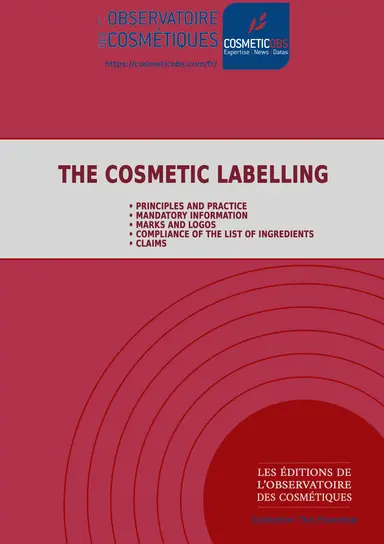The label of a cosmetic product cannot be conceived frivolously or too fast, nor according to the sole inspiration of the moment.
First because it is the interface between the product and the consumer, and that it is there to encourage the purchase of the product. It is therefore the reign of marketing language… which must however comply with the rules governing cosmetic claims.
Secondly, because it is a tool used by the legislator to ensure consumer information and safety: product composition, warnings and precautionary advice, sun protection factors, expiry dates, etc., are thus very precisely defined.
Finally, because the regulations (the European Cosmetics Regulation 1223/2009, of course, but also other texts) provide for a whole series of forced passages, mandatory information and indications that it is better not to neglect, otherwise it will attract the wrath of the market control authorities, with the risk of compliance orders, even product withdrawal orders.
This set of rules, which must be translated into concrete terms on labelling, are recalled in this ebook, accompanied by advice on how best to implement them, and thus design a cosmetic label that complies with European regulations, while allowing the product to be exported to other regions of the world in complete confidence.
The author A graduate of the School of Journalism in Lille, Laurence Wittner is a freelance journalist specializing in the field of cosmetics. Co-founder of Monitor Cosmetics, she is the editor-in-chief of its supports.
E-book “Cosmetic Labelling”, english version, L’Observatoire des Cosmétiques editions (August 2019), 53 pages (ISBN 979-10-92544-47-3), PDF format (700 Ko).


